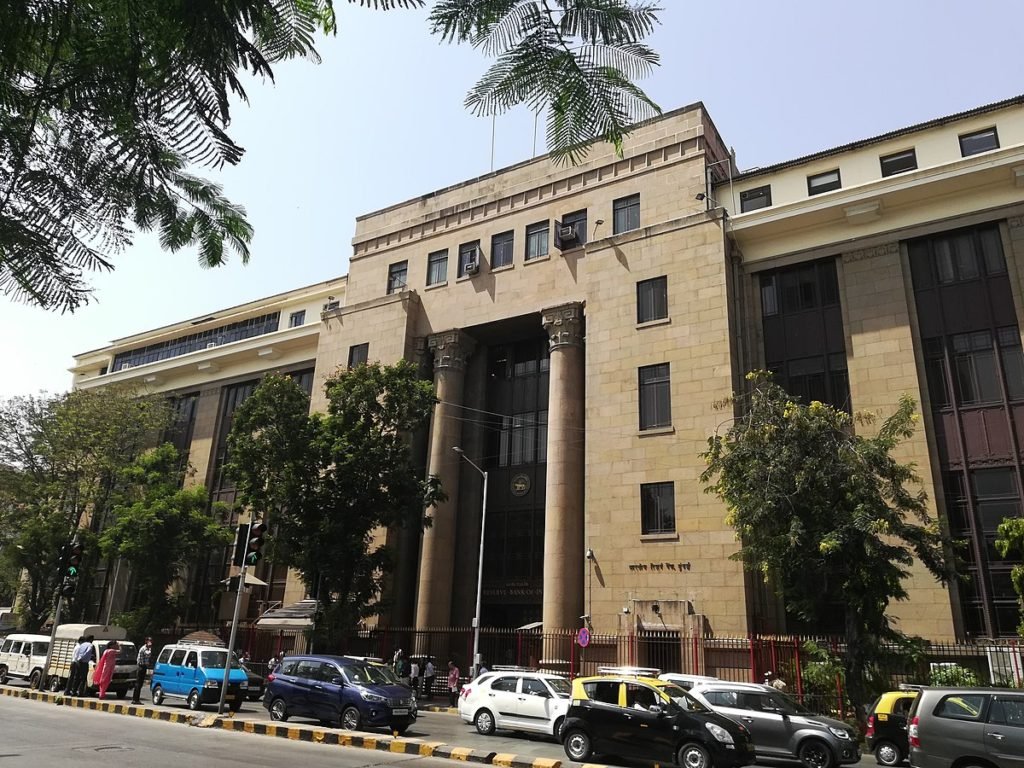A change in banking rules initiated by the Reserve Bank of India makes high value cheque transactions more secure.
Indian banks have been informing their customers in recent months about a change in the banking rule, the introduction of ‘Positive Pay System’, a process of reconfirming the key details of high-value cheques for secure clearing.
Non-resident Indians holding bank accounts in India may have been receiving these notifications from their banks. It is important to understand the implications and benefits of the new system to make safe and secure cheque transactions in India.
India’s central bank, the Reserve Bank of India (RBI) had issued guidelines for banks to implement this system from January 1, 2021, to safeguard customers against cheque frauds, especially cheque transactions involving large amounts.
What is the regulatory change?
The Positive Pay System, developed by the National Payments Corporation of India, is a process of reconfirming the key details of large value cheques. Under this system, a person issuing the high-value cheque submits certain details of that cheque like date, name of the beneficiary/payee amount etc. to his bank in advance. This helps the bank to verify the authenticity of the cheque before clearing the payment.
The facility has been enabled by most Indian banks for all account holders issuing cheques for amounts of Rs50,000 and above. Currently, it is optional for the customer to utilize the facility. However, going forward, the RBI has advised banks to making it mandatory for in cheque payments exceeding Rs500,000.
Why is it important?
The new banking rule comes at a time Indian banks have been facing significant rise in cheque fraud cases and disputes.
The Positive Pay System offers bank customers the opportunity to confirm with their banks that they have issued the cheque to the beneficiary mentioned in the cheque leaf.
Despite the voluntary nature of the new rule, most banks are making it mandatory for clearing of cheques involving large value transactions. By not providing the details of high value cheques in advance, customers now run the risk of cheque bounces.
The new rule also comes as an additional layer of safety in the event of a dispute involving banks, the check issuers and the beneficiaries. The RBI rules has made it clear that only those cheques that are registered in the Positive Pay System will be accepted under its dispute resolution mechanism.
How does it work?
Customers can submit the details of their high value cheques in advance (at least 24 hours ahead of the clearance) to their banks.
The cheque details include, account number, cheque number, date of cheque, amount, transaction code, beneficiary name, MICR [Magnetic Ink Character Recognition] code, a nine-digit code found of the cheque leaf immediately following the cheque number.
How to submit the details?
Most Indian banks are offering the submission facility through their internet banking, banking apps, ATM machines, phone banking channels and emails.
All details provided by the customer will be cross-checked while clearing the payment and any discrepancy is notified to the customer while the payment is stopped. Customers will be notified through email or SMS whether the cheque is accepted or rejected for any reason.
(Except for the headline, this story has not been edited by The Finance World staff and is published from a syndicated feed.)


